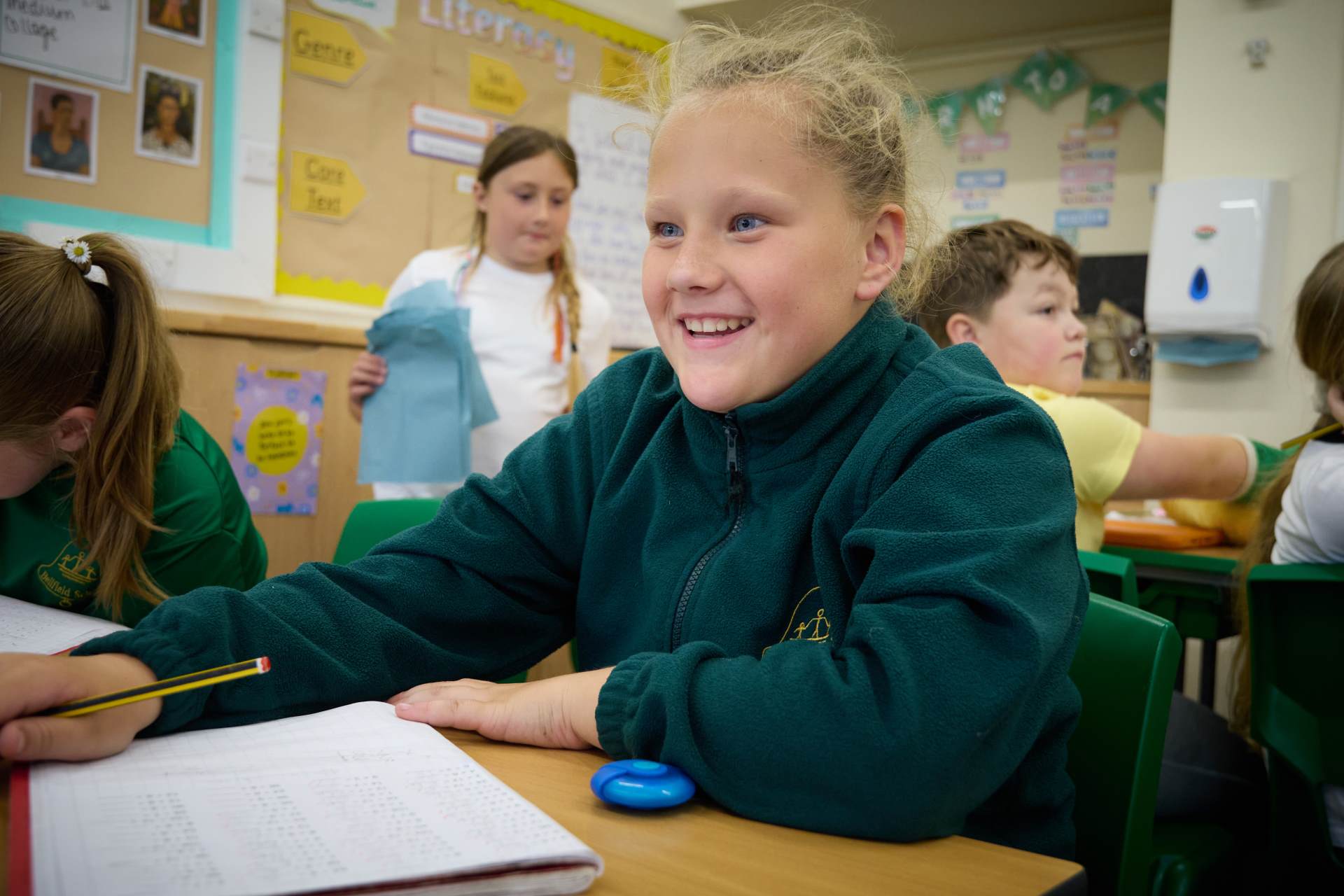History

Intent
At Bellfield we want our pupils to understand and be passionate about where they and others have come from to appreciate what is happening now.
The curriculum aims to foster children’s love of history and to excite them in finding out about the past.
Implementation
The curriculum at Bellfield, is designed to provide children with an in depth understanding of the historical world. The design of the curriculum allows children to initially learn about their local area and the history involved with that. It then extends to British history in the spring term and then moving to the wider world in the summer term. As the children progress through the terms and though the school, the curriculum design allows for progression of disciplinary knowledge appropriate to the phase of the children.
The key concepts that we aim to cover are in each term for phase are:
- To investigate and interpret the past.
- To build an overview of world history.
- To understand chronology.
- To communicate historically.
Each term, the new topic is launched by the Curriculum Champions (with the support of the teacher) to find out what the class have retained from previous coverage of a historical theme. This ‘pre-planning’ information is displayed in the classroom to show how it is being built upon in the further lessons.
In EYFS, the children will learn about changes within living memory. They will find out about the history of themselves, as they have grown. They will be able to talk about family and special events that have happened in the past using language of time. These foundations will be built upon as they move into Key Stage 1.
The teaching of history is across a whole term, developing on the skills and knowledge taught previously. Each session will begin with a recap of the vocabulary and the key substantive knowledge from the previous sessions. The aim of this is to embed the knowledge so that children can retain it for future learning.
Impact
Through regular assessment of the disciplinary knowledge demonstrate by the children in the lessons, the teacher can make judgements about the knowledge the children have acquired and aspects that may need to be recovered. Constantly referring to previous knowledge, demonstrates the individual children’s retention. At the end of a term, an assessment of both the disciplinary and substantive knowledge acquired by the children is carried out. Any gaps identified will be readdressed and the curriculum for the following term adapted to address this.



